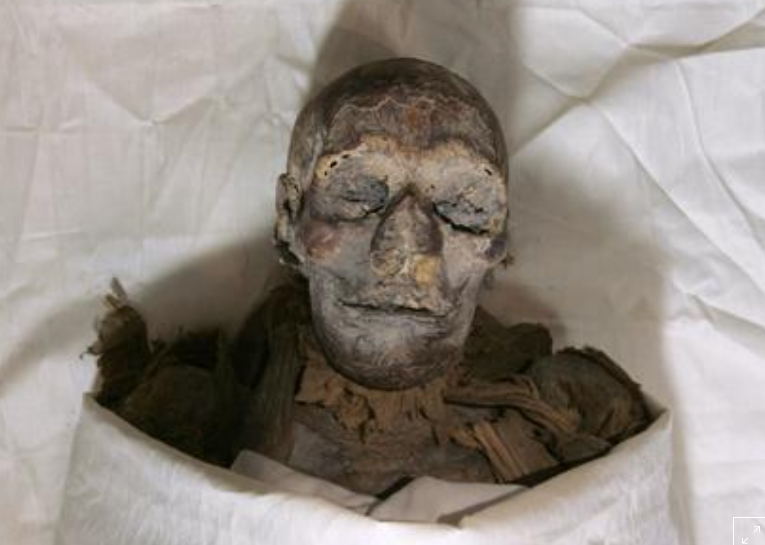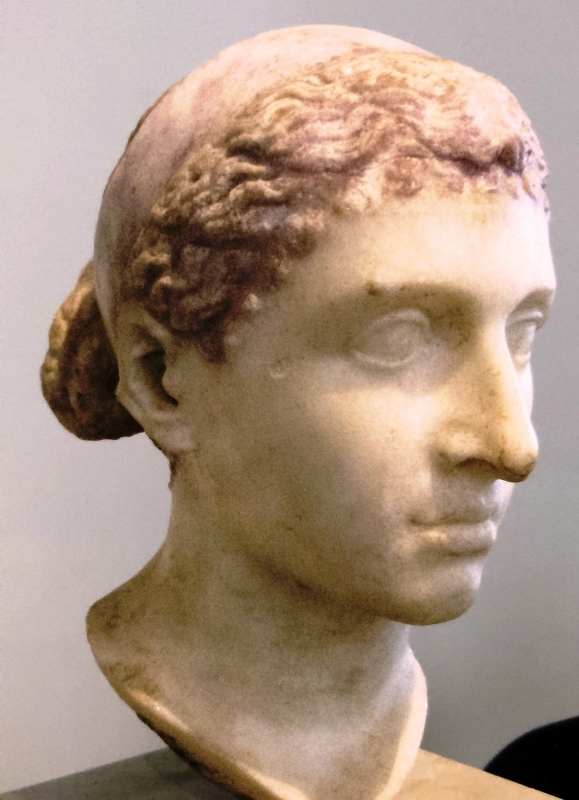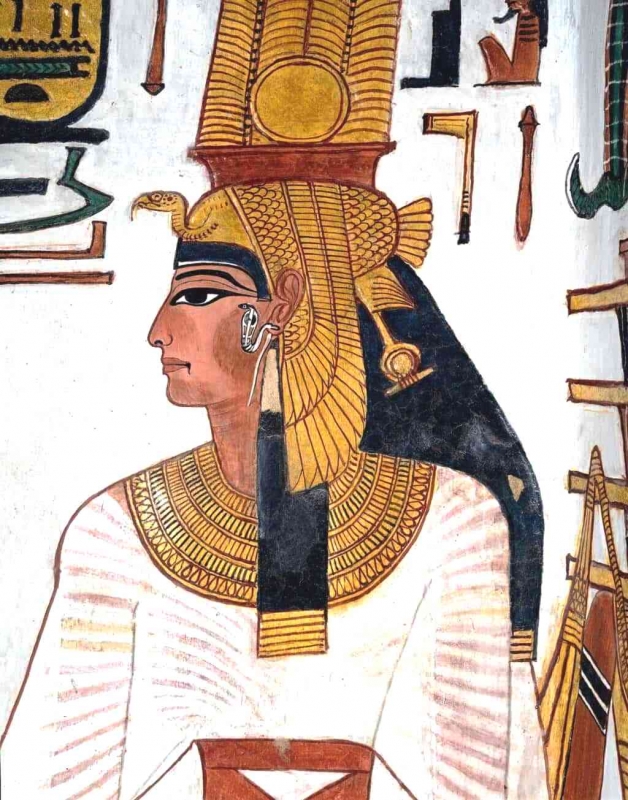Introduction to Egyptian queens in ancient Egypt
Ancient Egypt is known for its rich history, fascinating culture, and powerful rulers. While pharaohs often take center stage in our understanding of this ancient civilization, it is important not to overlook the significant role that Egyptian queens played. These remarkable women not only held positions of power as the wives and consorts of pharaohs but also served as priestesses and leaders in their own right. In this article, we will delve into the intriguing role of Egyptian queens, exploring their dual roles as priestesses and leaders, their notable accomplishments, and the enduring legacy they left behind.
The role of Egyptian queens as priestesses
In ancient Egypt, religion played a central role in society, and the pharaohs were believed to be the earthly embodiment of the gods. Alongside the pharaohs, Egyptian queens also held important religious roles as priestesses. These women were seen as intermediaries between the gods and the people, and their duties included performing rituals, offerings, and ceremonies in honor of the deities. As priestesses, Egyptian queens had a direct influence on the spiritual and religious aspects of Egyptian society.
Moreover, the religious role of Egyptian queens extended beyond the temples. They were often associated with specific goddesses, embodying their qualities and attributes. For example, Queen Nefertari, the beloved wife of Pharaoh Ramesses II, was closely associated with the goddess Hathor, the patroness of love, beauty, and fertility. Through this connection, Nefertari not only represented her own power and authority but also embodied the divine qualities of Hathor, further enhancing her role as a spiritual leader.

Leadership qualities of Egyptian queens
In addition to their religious roles, Egyptian queens also demonstrated strong leadership qualities. They were not merely figureheads but actively participated in the governance and administration of the kingdom. Egyptian queens often held prestigious titles and were involved in decision-making processes alongside their pharaoh husbands. They had their own courts, managed their estates, and even undertook diplomatic missions on behalf of Egypt.
One notable example of a powerful Egyptian queen is Hatshepsut. She not only served as a regent for her young stepson but eventually seized the throne for herself, becoming one of the few female pharaohs in ancient Egypt. Hatshepsut's reign was marked by stability, prosperity, and ambitious building projects, such as her iconic mortuary temple at Deir el-Bahari. Her leadership and achievements not only solidified her own legacy but also paved the way for future queens to ascend to the throne.

Famous Egyptian queens and their accomplishments
Egyptian history is replete with remarkable queens who left an indelible mark on the ancient world. One such queen is Cleopatra, renowned for her beauty, intelligence, and political acumen. Cleopatra not only ruled Egypt with her brother and later her son but also formed strategic alliances with influential Romans, such as Julius Caesar and Mark Antony. Her captivating charm and astute leadership skills earned her a prominent place in history and continue to fascinate people to this day.
Another influential Egyptian queen was Nefertiti, the wife of Pharaoh Akhenaten. Nefertiti is often depicted in stunning artistic representations, showcasing her beauty and regal presence. She played a significant role in the religious revolution initiated by her husband, promoting the worship of the sun god Aten. Nefertiti's influence extended beyond her religious duties, as she actively participated in the administration of the kingdom and was a powerful figure in the royal court.
The connection between Egyptian queens and goddesses
Throughout ancient Egyptian history, there was a strong connection between Egyptian queens and goddesses. This association served to enhance the queen's status and authority, elevating her to a divine level. Egyptian queens were often depicted wearing the regalia and symbols associated with specific goddesses, emphasizing their connection and embodying their qualities.
For instance, Queen Nefertari was frequently depicted with the horns and sun disk of Hathor, while Queen Nefertiti was often portrayed with the tall crown associated with the goddess Isis. These artistic representations not only showcased the queen's beauty and regal presence but also reinforced her connection to the divine realm, solidifying her role as a religious and spiritual leader.
How many female pharaohs were there in ancient Egypt?
Although the role of Egyptian queens was influential and significant, the number of female pharaohs in ancient Egypt was relatively small. Historians have identified only a handful of female pharaohs who ruled in their own right. The most famous among them is Hatshepsut, who reigned during the 15th century BCE. Other notable female pharaohs include Sobekneferu and Twosret, although their reigns were relatively short-lived compared to their male counterparts.
It is important to note that while female pharaohs were rare, the influence and power of Egyptian queens as consorts and co-rulers cannot be understated. These women played a pivotal role in shaping the destiny of Egypt and were instrumental in the success and stability of their pharaoh husbands' reigns.

Notable queens of Egypt and their names
Egyptian queens left an enduring mark on history, and their names continue to resonate with power and intrigue. Some of the most famous queens of ancient Egypt include Hatshepsut, Cleopatra, Nefertiti, Nefertari, and Merneith. Each of these queens possessed unique qualities and accomplishments that set them apart and solidified their place in history.
Hatshepsut, as previously mentioned, was a remarkable female pharaoh who reigned for over 20 years and left a lasting legacy of prosperity and stability. Cleopatra, the last pharaoh of Egypt, captivated the hearts and minds of powerful men and played a pivotal role in the political landscape of her time. Nefertiti's beauty and influence were legendary, and her reign alongside Pharaoh Akhenaten marked a significant period of religious and artistic transformation. Nefertari, the beloved wife of Ramesses II, is renowned for her stunning tomb and her association with the goddess Hathor. Finally, Merneith, who lived during the First Dynasty, is believed to have been one of the earliest female rulers in ancient Egypt, setting a precedent for future queens.
The legacy of Egyptian queens in history
The influence of Egyptian queens extends far beyond their lifetimes. These remarkable women left an enduring legacy that continues to captivate and inspire people today. Their roles as priestesses and leaders, their remarkable accomplishments, and their association with the divine realm have cemented their place in history as powerful and enigmatic figures.
The achievements of queens like Hatshepsut, Cleopatra, and Nefertiti have shattered gender stereotypes and demonstrated the exceptional capabilities of women in positions of power. Their contributions to art, architecture, diplomacy, and governance have left an indelible mark on the ancient world and continue to shape our understanding of ancient Egypt.
Egyptian queens in art and architecture
The influence of Egyptian queens can be seen not only in the historical records but also in the art and architecture of ancient Egypt. Queens were often depicted in hieroglyphs, reliefs, and paintings, showcasing their beauty, regal presence, and connection to the divine. These artistic representations serve as a testament to the power and authority of Egyptian queens and provide valuable insights into their roles and significance in society.
Furthermore, Egyptian queens played a significant role in the construction of monumental structures and temples. The mortuary temple of Hatshepsut at Deir el-Bahari is a prime example of the architectural prowess and vision of an Egyptian queen. This magnificent structure, built into the cliffs of the Theban mountains, stands as a testament to Hatshepsut's ambition, leadership, and lasting impact on Egyptian architecture.
Conclusion: The enduring influence of Egyptian queens
As we delve into the fascinating world of ancient Egypt, let us not forget the empowering and enigmatic role of Egyptian queens. Their stories are a testament to the remarkable capabilities of women throughout history and serve as a reminder of the significant contributions they have made to our world.